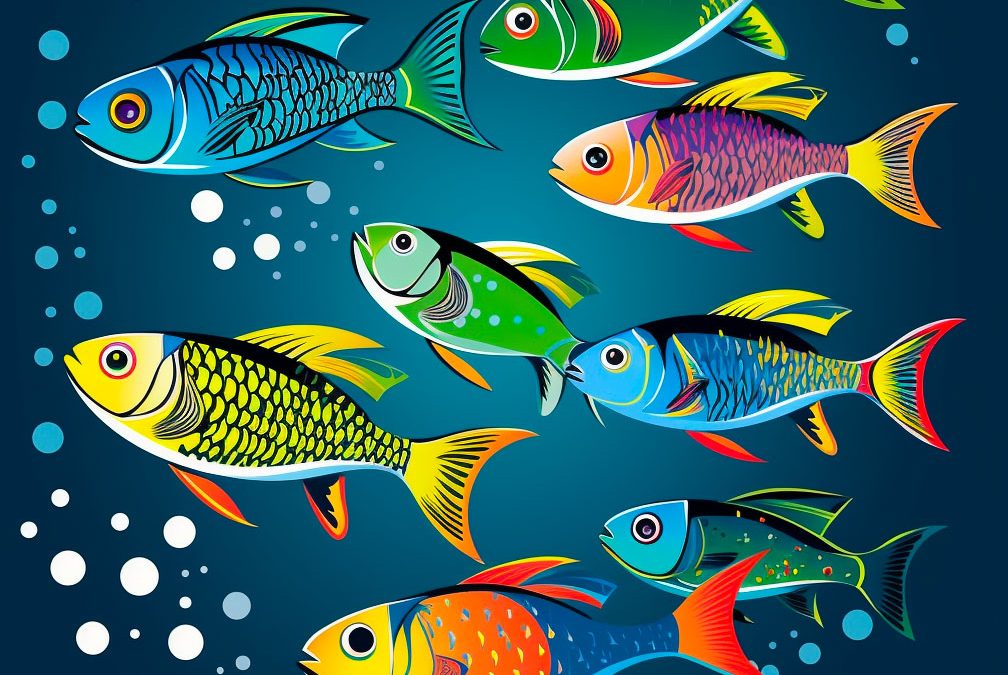Introduction
As an avid fisherman, I’ve spent countless hours on the water searching for the perfect catch. Over the years, I’ve learned that choosing the right color for my lures is crucial to catching bass. Each season brings its own set of challenges, and fall is no exception. In this article, I’ll explore what colors bass like in the fall and share my personal experiences with using different colors to catch more fish.
How Bass See Colors
Before diving into which colors work best in the fall, it’s important to understand how bass see colors. While humans see an entire spectrum of colors, bass only see a limited range. Their vision is dominated by yellows, greens, and blues, and they’re unable to distinguish between reds and oranges. With this in mind, it’s important to choose colors that are visible to the bass in order to maximize our chances of success.
What Colors Work Best
So, what colors work best for bass in the fall? There are a few factors to consider. As temperatures begin to drop, the water gets cooler and the bass become less active. This means that the fish are looking for a specific type of prey – one that is slow-moving and easy to catch. In the fall, bass tend to prey on smaller baitfish that are making their way to shallower waters, so it’s important to mimic their movements and colors.
One color that works particularly well in the fall is brown. This color resembles many of the baitfish that bass are feeding on during this time of year. Brown lures with orange or yellow bellies are particularly effective, as they imitate the colors of shad and other small fish. As the water gets cooler, bass tend to have a natural preference for warmer colors, which makes brown lures a great choice. I’ve had great success using brown lures in the fall, particularly in the early mornings or late afternoons when the water is still warming up or cooling down.
Another color that works well in the fall is orange. This color is particularly effective on bright sunny days when the water is clear. As mentioned earlier, bass can’t distinguish between red and orange, so using lures with a red-orange color can be a great way to get their attention. During the fall, I’ve found that orange crawfish and worm lures work particularly well. Bass tend to be feeding on crawfish that are hiding in the rocks and debris on the bottom of the water, so mimicking the color and movement of these creatures can be highly effective.
Green is another color that works well in the fall. This color is particularly effective in muddy or murky water since it stands out. During the fall, water levels often rise due to rain and other factors, which can make the water less clear. Using lures with a green color can be a great way to make your bait stand out. This is especially true when using lures that spin or vibrate, as the movement and color can attract bass from long distances. Green pumpkin or watermelon lures work well in the fall, particularly in areas with a lot of foliage or underwater vegetation.
Finally, black is another color that works well in the fall. This color is effective in low-light conditions when the water is darker and bass have a harder time seeing their prey. Black lures are particularly effective in areas with a lot of underwater debris or rocks where bass tend to hide. Jerk baits in black color and jigs with black skirts work well in fall conditions.
Of course, there are many other colors out there that work well for catching bass in the fall. The colors I’ve listed above are just a few of the most popular and effective options. Choosing the right lure color often comes down to trial and error, as different colors work better in different bodies of water and under different conditions.
Maximize Your Success
When it comes to using fall colors, there are a few tips that can help you maximize your chances of success. First and foremost, it’s important to choose the right lure color based on the type of water you’re fishing in. If the water is clear, using brighter colors like brown or orange can be highly effective. However, if the water is murky or muddy, darker colors like green and black tend to work better. It’s also important to match the color of your lure to the environment you’re fishing in. If you’re fishing in an area with a lot of trees and foliage, using a green or brown lure that blends in with the environment can be a great way to attract bass.
Lure Size And Style
Another tip for using fall colors is to vary your lure size and style. During the fall, bass tend to be feeding on smaller baitfish, so using smaller lures can be highly effective. Using lures with a natural movement that mimics the movement of small prey can also be highly effective. This is particularly true of spinners or vibrating lures, which can be highly attractive to bass in the fall. Finally, it’s important to be patient and persistent. Bass tend to be less active in the fall, so it may take longer to get a bite. However, by using the right colors and techniques, you can increase your chances of success.
Right Color Effectiveness
As I mentioned earlier, I’ve had great success using fall colors to catch bass over the years. One of my most memorable experiences was fishing in a local lake during the fall. The water was clear, and the sun was shining down on the water, creating a beautiful reflection. I decided to try using an orange crawfish lure, and after just a few casts, I felt a strong tug on my line. I reeled in a beautiful 4-pound bass, which is still one of the largest bass I’ve ever caught. That experience showed me just how effective the right color can be, and it inspired me to continue experimenting with different colors and techniques.
Best Places To Use Some Colors
When it comes to choosing the best places to use each of the colors I listed above, it’s important to consider the type of environment you’re fishing in. The depth, clarity, and available cover all play a role in how effective each color will be. With that in mind, here’s a breakdown of the best places to use the different colors in the fall:
- Brown lures: Brown lures work best in clear or slightly murky water. They’re most effective in areas where there’s a lot of sunlight, such as shallow banks, flats, or points. You can also use brown lures in areas with a lot of rocks, such as riprap or jetties, as they imitate the color of small fish and crayfish that hide in those areas.
- Orange lures: Orange lures believe it or not are most effective in clear, shallow water that is less than 10 feet deep. They work best when used around vegetation, rocks, or other structures, where crawfish tend to hide. You can also use them around laydowns, brush piles, and stumps, as these areas provide cover for baitfish.
- Green lures: Green lures work best in slightly murky water that has a lot of vegetation. You can use them around submerged weed beds, around fallen trees, and along the edges of drop-offs and channels. They’re also effective when fished over structure, such as humps or underwater ridges.
- Black lures: Black lures work best in low-light conditions, such as early morning or late in the day. They’re effective when the water is murky or cloudy, such as during or after a rainstorm, or in stained water. You can use them around underwater logs, stumps, and debris, as these areas provide cover for bass. They’re also effective around points, humps or ledges, as bass often use these areas for ambush.
Remember, choosing the right color lure is just one piece of the puzzle. Technique, location, and presentation all play a role in the success of your next fishing trip. By keeping all these factors in mind, you can increase your chances of catching more bass this fall.
Conclusion
In conclusion, choosing the right color for your lure is crucial to catching bass in the fall. By understanding how bass see colors and choosing colors that mimic the movements and colors of their prey, you can increase your chances of success. Brown, orange, green, and black are all effective colors in the fall, but it’s important to vary your lure size and style based on the conditions you’re fishing in. With a little patience and persistence, you can use fall colors to catch some of the biggest bass of the year. So why not give it a try on your next fishing trip? Who knows? You might just catch the biggest fish of your life.
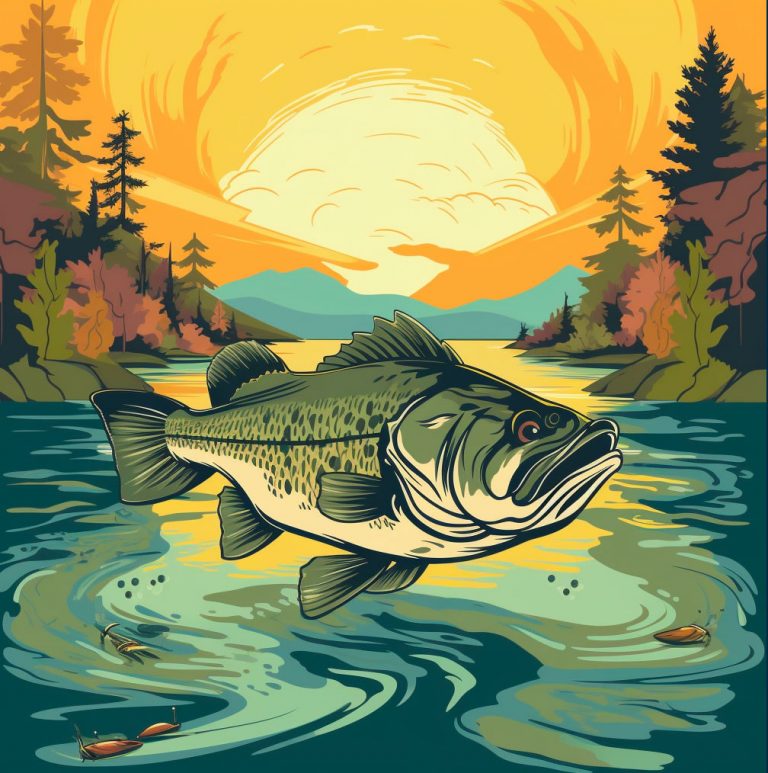
Do Bass Like Topwater In The Fall?
Introduction As an avid fisherman, one of my favorite things to do is to fish for bass during the fall season. There’s something about the crisp air, beautiful scenery, and the challenge of catching these elusive fish that draws me to it every year. One of the most debated topics among bass fishermen during this […]
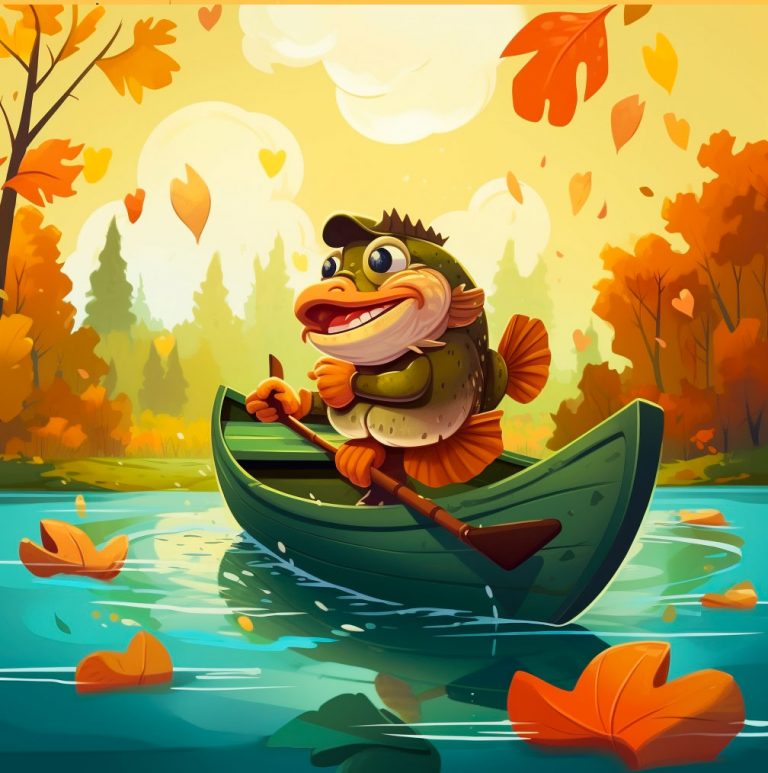
How to catch bass in October
Introduction As an avid bass fisherman, I have spent many hours on the water trying to figure out the best techniques for catching bass in every season. October, in particular, can be a tricky time of year to catch bass. However, with the right approach and techniques, it’s possible to have a successful day on […]
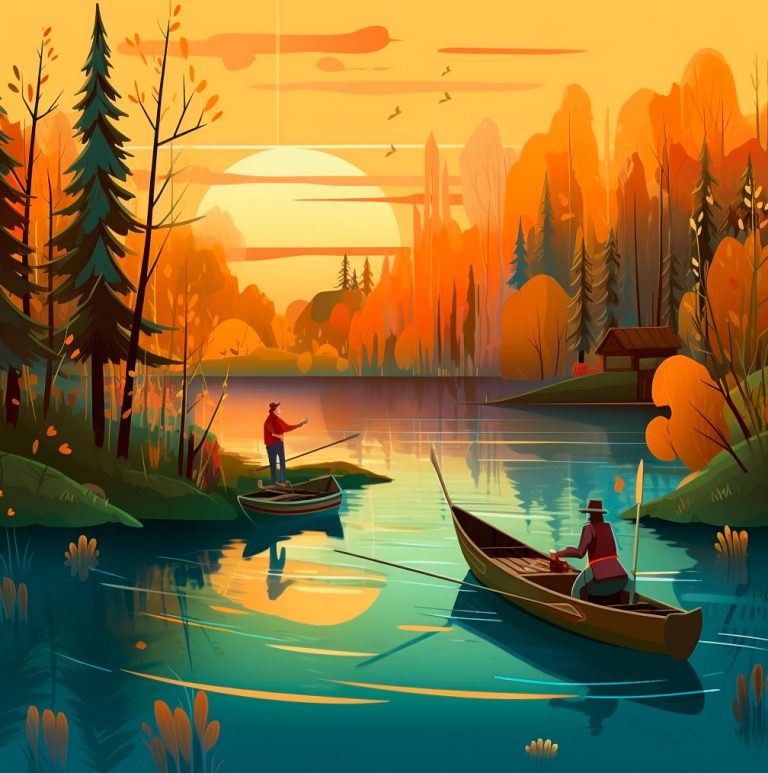
How To Catch Bass In September
Introduction As a passionate bass angler, I understand the challenges that come with trying to catch these elusive fish. While many people believe that summertime is the best time to catch bass, I believe that September can be a great time to land some big ones. With the right techniques, strategies, and tools, you can […]
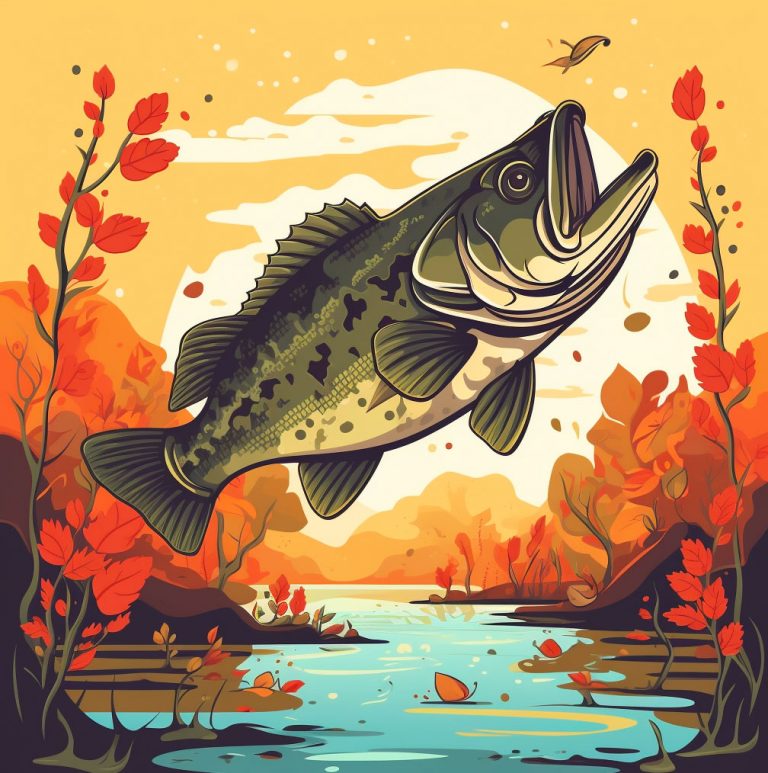
Fall Bass Fishing: Find Bass Fast
Fall Bass Fishing: A Comprehensive Guide Fall is a transformative season that marks the transition from summer to winter. It is a time when many outdoor enthusiasts start to pack up their gear and bid farewell to the warmer months. However, for passionate anglers, the fall season signals the best time to go bass fishing. […]

